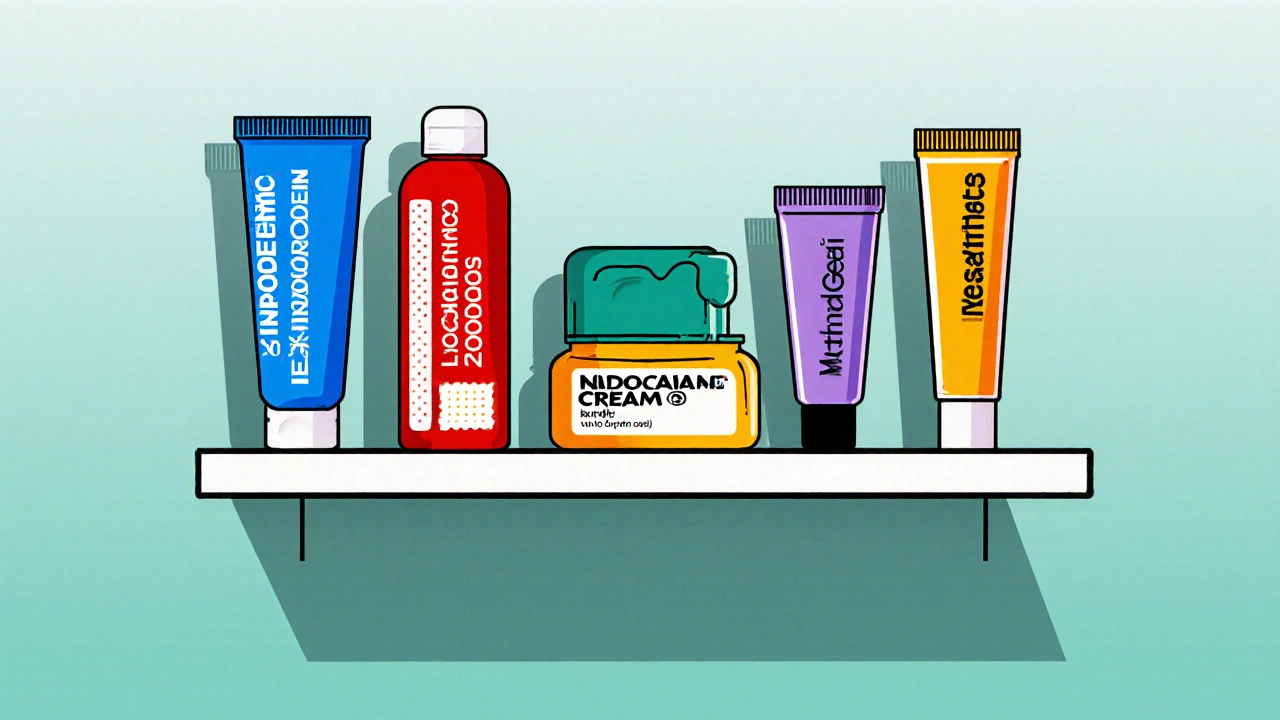Pain Relief Alternatives: Natural and Medication Options That Actually Work
When pain relief alternatives are needed, most people start with pills—but what if there’s a better way? Many folks are turning away from opioids and NSAIDs not because they’re against medication, but because they’ve seen the side effects: stomach issues, drowsiness, dependency, or just no real improvement. The good news? There are proven, science-backed ways to reduce pain without relying solely on drugs. These aren’t just trendy supplements or placebo tricks. They’re tools people use daily, often alongside their prescriptions, to feel more in control of their bodies.
One major category of non-drug pain relief, practical, evidence-supported methods that reduce pain without pharmaceuticals includes movement. Exercise isn’t just for fitness—it’s a direct pain modulator. Studies show that consistent low-impact activity like walking, swimming, or yoga can reduce chronic back, knee, and joint pain as effectively as some painkillers. Then there’s natural pain management, the use of plant-based compounds, heat/cold therapy, and lifestyle adjustments to ease discomfort. Things like turmeric, capsaicin cream, or even acupuncture aren’t magic—they work by influencing inflammation and nerve signals in ways that research has started to map out. And let’s not forget sleep and stress. Poor sleep doesn’t just make you tired—it lowers your pain threshold. Managing stress through breathing techniques or mindfulness can literally change how your brain processes pain signals.
For those who still need medication but want to cut back, opioid alternatives, non-addictive drugs and therapies that target pain without the risk of dependence are growing fast. Medications like gabapentin or duloxetine aren’t painkillers in the traditional sense, but they help calm overactive nerves that cause chronic pain. Physical therapy, nerve blocks, and even TENS units are also becoming common tools in clinics. What ties all these together? They’re not about quick fixes. They’re about building a system—something you can stick with—where pain doesn’t run your life.
You’ll find posts here that dig into real cases: how someone swapped their daily ibuprofen for targeted movement and saw results in weeks, why caffeine can make some types of pain worse, and how certain antidepressants—yes, those meant for mood—can actually help with nerve pain. There’s no one-size-fits-all solution, but there are plenty of proven paths. What works for one person might not work for another, but the goal is the same: less pain, more function, fewer side effects. Below, you’ll see exactly how others are doing it—no fluff, no hype, just what’s been tried, tested, and works in real life.

Diclofenac Gel vs. Topical Pain Relievers: Pros, Cons & Alternatives
- Oct, 17 2025
- 9
A detailed comparison of Diclofenac Gel with other topical pain relievers, covering how it works, pros and cons, side effects, cost, and when to choose each option.
Categories
- Health and Wellness (51)
- Medicine (36)
- Health and Medicine (30)
- Women's Health (9)
- Mental Health (8)
- Men's Health (7)
- Beauty and Wellness (4)
- Health Information (4)
Archives
- December 2025 (19)
- November 2025 (25)
- October 2025 (27)
- September 2025 (14)
- August 2025 (3)
- July 2025 (2)
- June 2025 (2)
- May 2025 (3)
- April 2025 (4)
- March 2025 (4)
- February 2025 (2)
- January 2025 (3)
- online pharmacy
- medication safety
- dietary supplement
- health benefits
- dietary supplements
- prevention
- fertility
- online pharmacy Australia
- treatment
- treatment options
- benefits
- connection
- drug interaction
- drug interactions
- pregnancy
- Cancer Treatment
- depression medication
- antidepressants
- quality of life
- anxiety treatment
